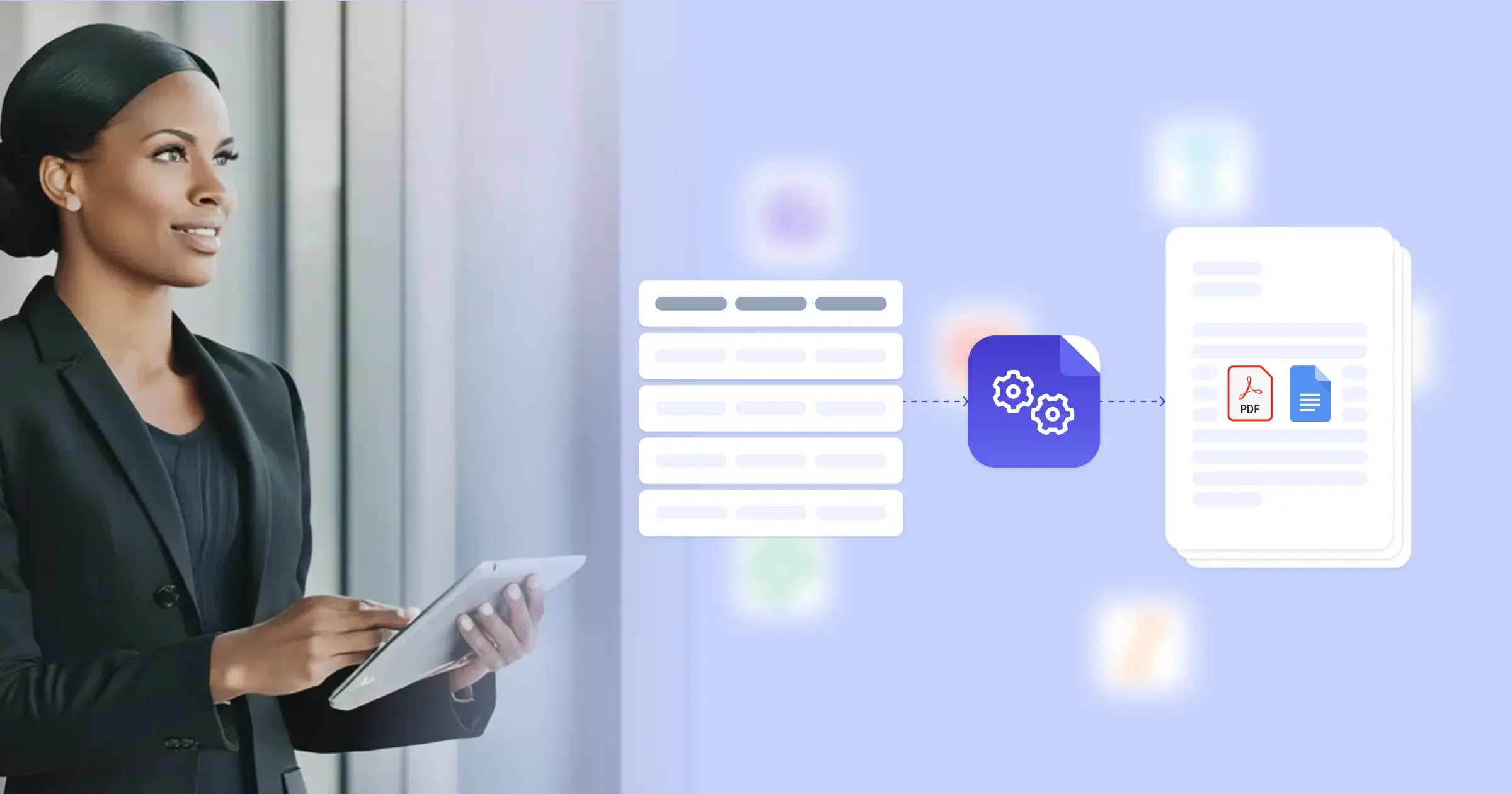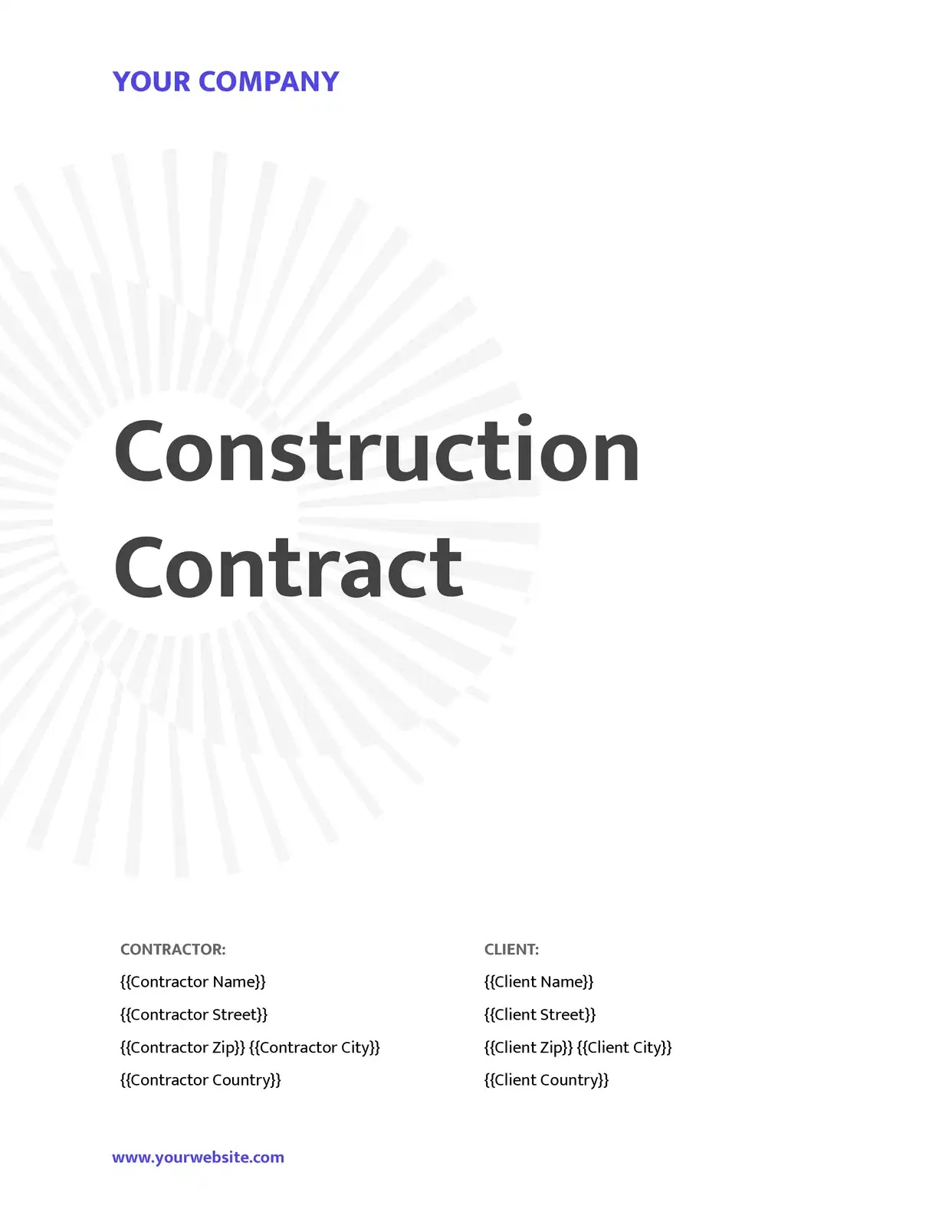
Understanding Risk Management Contracts for Insurance Organizations
Risk management programs generate contracts throughout their lifecycle, from engaging risk assessment consultants to formalizing vendor security requirements. As organizations face increasing regulatory scrutiny and third-party risk exposure, risk management contract automation addresses the challenge of converting risk data, stakeholder requirements, and compliance obligations into the formal agreements that govern these relationships. Instead of manually drafting contracts for each service provider, vendor assessment, or insurance engagement, automation generates these documents directly from your risk management systems and stakeholder databases.
For risk managers coordinating multiple assessments, onboarding new vendors, or renewing service agreements across different risk domains, this eliminates the bottleneck of contract preparation. When a new vendor requires security review or an insurance program needs renewal, you generate updated agreements immediately rather than waiting for contracts to work through manual drafting cycles. The specific challenges risk management teams face with contract preparation help explain where automation delivers the most impact.




























